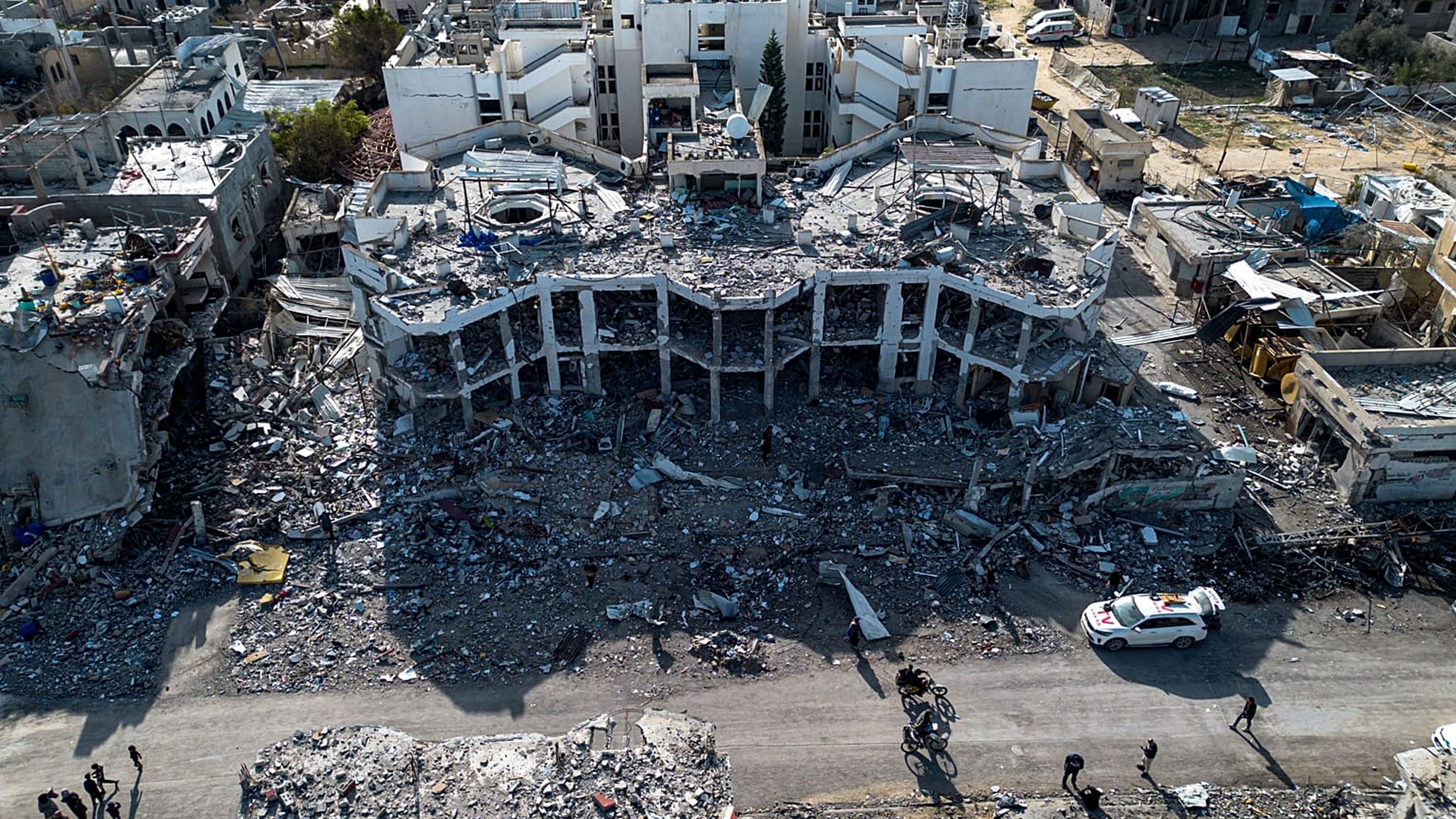‘We lack the basic needs to treat patients’: update on life as a radiographer in Gaza
Two years on from the start of the war in Gaza, radiographers continue to face near-impossible challenges in delivering patient care. Tamer Ganem shares his experiences from the conflict

By Tamer Ganem, Egyptian radiographer living and working in Gaza
By Tamer Ganem, Egyptian radiographer living and working in Gaza
Radiographers in Gaza continue to face challenges when treating critical injuries, not least the lack of basic resources for departments, such as surgical operating rooms. There has been an increase in the number of patients, with many of them needing to enter the clinical sections of intensive care and large rooms that accommodate them for daily treatment, which is very difficult because some hospitals are out of service.
I have worked in a number of radiology rooms in hospitals in the Gaza Strip, including the Youssef Al-Najjar Hospital in Rafah, before the evacuation of the city, and the European Gaza Hospital in Khan Yunis. Some important medical aids for diagnosing patients are not working, and many are out of service and need constant repair, including X-ray, computed radiography, C-ARM, CT and MRI. All this affects patients’ lives. The lack of medical equipment and supplies is a fundamental problem that the hospitals, clinics and centres of the Ministry of Health suffer from.
By Tamer Ganem, Egyptian radiographer living and working in Gaza
By Tamer Ganem, Egyptian radiographer living and working in Gaza
Radiographers in Gaza continue to face challenges when treating critical injuries, not least the lack of basic resources for departments, such as surgical operating rooms. There has been an increase in the number of patients, with many of them needing to enter the clinical sections of intensive care and large rooms that accommodate them for daily treatment, which is very difficult because some hospitals are out of service.
I have worked in a number of radiology rooms in hospitals in the Gaza Strip, including the Youssef Al-Najjar Hospital in Rafah, before the evacuation of the city, and the European Gaza Hospital in Khan Yunis. Some important medical aids for diagnosing patients are not working, and many are out of service and need constant repair, including X-ray, computed radiography, C-ARM, CT and MRI. All this affects patients’ lives. The lack of medical equipment and supplies is a fundamental problem that the hospitals, clinics and centres of the Ministry of Health suffer from.


